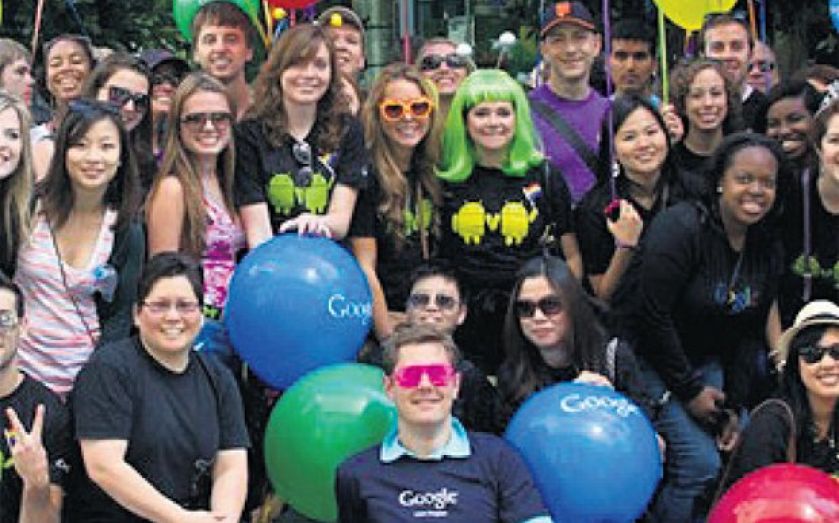| Updated:
How Google and Amazon workers keep their focus

Harriet Green examines the Two Pizza Rule and the benefits of workplace mindfulness.
Distractions can be crippling to productivity. Gloria Mark of the University of California found that, on average, office workers are distracted every 11 minutes. And worse, it takes 25 minutes to return to a task once you’ve wandered onto something else. But being cognitively inundated isn’t just a problem for individuals – it also poses enormous difficulties for employers. A 2006 survey by IT researcher Basex found that distractions cost US firms around $588bn (£360bn) per year, by eating up 2.1 hours of employee time per day. So what do the world’s biggest businesses do to ensure their employees can focus as well as possible?
GOOGLE FOCUS
Google takes improving the productivity of its workers pretty seriously. Since 2007, it’s put 1,500 through Search Inside Yourself – a course based on mindfulness and developed by Chade-Meng Tan, a software engineer and the tech giant’s 107th employee. It’s designed to improve how staff work with each other by boosting personal focus and productivity, and its success at helping people control how they work has seen it used by hundreds of businesses globally.
Tasks are simple, but effective. Employees practise beating mind-wandering by forcing attention back to a particular passage of text, or listening to another person speak for three minutes, before having to recount what’s been said. Speaking to Inc.com, Meng explained that, by persistently consciously re-focusing, “you begin mastering the ability to focus, and before long, you can come to attention on demand.” He explains that some employees even use the second technique in the workplace by saying: “what you just told me is important. Would you mind if I repeat it back to you?”
HALF TIME AND PIZZA
Individual efficiency means little if group productivity is slumping, and knowing how to trim down meetings has proved vital to many business leaders. Carlos Ghosn, chief executive of Renault and Nissan, never goes beyond one-and-a-half hours for an operational meeting, with a strict division between presentation and discussion. And even more severe is Gary E McCullough, the head of Career Education Corporation, who only ever gives people half the time they asked for in a meeting. “By doing that, I am able to cram a number of things in the day and move people in and out more effectively,” says McCullough – people don’t usually need as much time as they think.
Less austere is Amazon’s Jeff Bezos’s inventive, and now well-known, way of keeping teams productive – the two pizza rule. Bezos has always been confident that decentralising the company structure means more ideas and less collective slack. The two pizza rule is based on the argument that smaller groups are more productive than larger ones. If a team can’t be comfortably fed on two pizzas, it’s too big to be innovative and resilient to groupthink.
So if you find yourself in a larger group situation where productivity is being stretched, why not try it? The worst is that you get a free meal out of it.
Keep everyone in the loop
£2.99
If you do find yourself faced with a slew of meetings, Conference Pad can help make the process more palatable by allowing up to 15 devices access to the same presentation. Rather than have colleagues’ eyes wandering as they look towards a screen at the end of the room, this enables them to follow along individually. With an array of nifty tools – lasers, PDF support, bluetoothing and password protection – this app could help spice up a meeting, and make it easier.